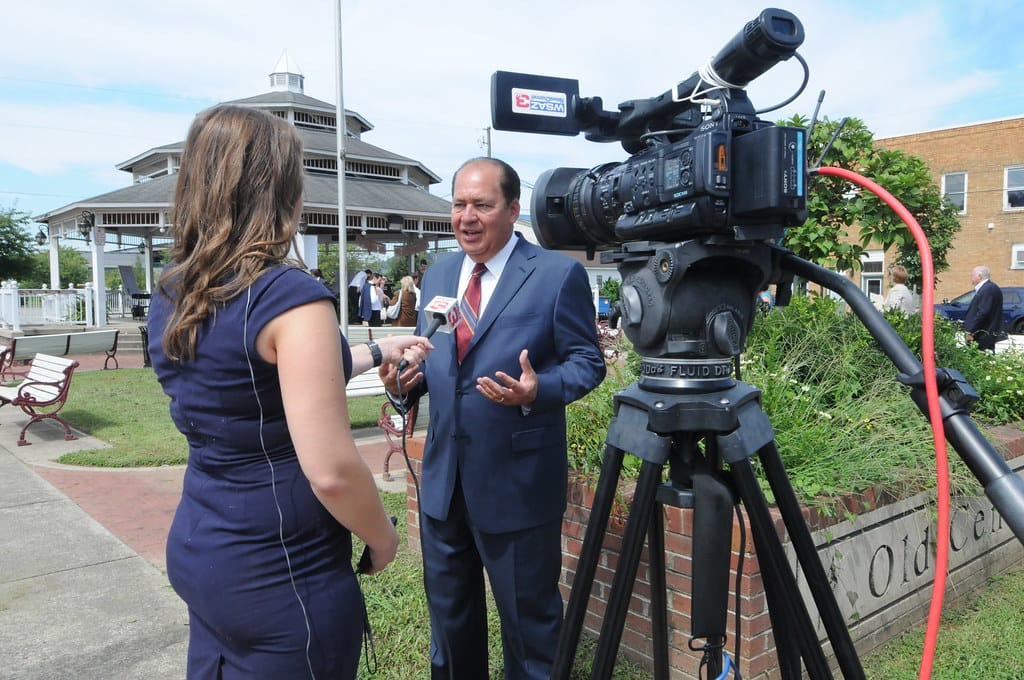States Race Against Time: Trump's Broadband Overhaul Forces Two Years of Work into Two-Month Sprint
State officials across America are scrambling to compress what should be two years of careful planning into a frantic 60-day sprint, as the incoming Trump administration prepares to dramatically reshape the nation's $42.5 billion broadband expansion program. The unprecedented timeline has left state broadband offices working overtime to salvage years of preparation and ensure rural communities don't lose out on critical internet infrastructure funding.
The $42.5 Billion Question
The Broadband Equity, Access, and Deployment (BEAD) program, established under the Biden administration's Infrastructure Investment and Jobs Act, represents the largest federal investment in internet infrastructure in U.S. history. States have spent the past two years meticulously crafting plans to connect every unserved household to high-speed internet by 2030.
Now, with Trump's transition team signaling major changes to the program's structure and priorities, state broadband directors are burning the midnight oil to lock in their plans before the new administration takes office. "We're essentially trying to bulletproof two years of work in eight weeks," says one state broadband official who requested anonymity due to the sensitive nature of ongoing negotiations.
What's at Stake
The proposed overhaul could fundamentally alter how broadband funding is distributed and which technologies receive priority. Key changes under consideration include:
- Technology preferences: Shifting from fiber-optic cable requirements to allowing more satellite and wireless solutions
- Speed requirements: Potentially lowering minimum speed thresholds from 100/20 Mbps to 25/3 Mbps
- Buy American provisions: Relaxing requirements for domestically manufactured equipment
- Labor standards: Removing prevailing wage requirements for broadband construction projects
For rural communities that have waited decades for reliable internet service, these changes could mean the difference between fiber-optic connections capable of supporting modern digital needs and stopgap solutions that may become obsolete within years.
States Take Emergency Action
From Montana to Mississippi, state broadband offices are implementing emergency measures to protect their carefully crafted plans. Colorado has accelerated its final proposal submission by three months, while Virginia is fast-tracking vendor selection processes that typically take six months or more.
"We're running parallel tracks," explains Jim Stritzinger, South Carolina's broadband director. "One track assumes everything continues as planned, the other prepares for significant federal changes. It's exhausting our teams, but we can't afford to be caught flat-footed."
Several states are exploring creative workarounds, including:
- Pre-committing funds to specific projects before January 20
- Establishing state-level regulations that mirror current federal requirements
- Creating public-private partnerships that can survive federal policy shifts
The Digital Divide Hangs in the Balance
The timing couldn't be more critical. The COVID-19 pandemic exposed the devastating consequences of America's digital divide, with millions of students unable to attend virtual classes and workers locked out of remote job opportunities. Rural hospitals struggled to implement telemedicine, and small businesses couldn't compete in an increasingly digital marketplace.
According to the FCC, approximately 14.5 million Americans still lack access to broadband internet, though experts believe the actual number may be twice as high due to inadequate mapping data. The BEAD program was designed to finally close this gap, but the proposed changes could leave millions underserved.
Industry Reactions Split
The broadband industry is deeply divided over the potential overhaul. Cable and telecommunications companies have generally supported maintaining current fiber-optic requirements, viewing them as necessary for future-proof infrastructure. Satellite providers like SpaceX's Starlink, however, have lobbied aggressively for the changes, arguing that their technology can connect rural areas more quickly and cost-effectively.
"Fiber is the gold standard for a reason," argues Gary Bolton, CEO of the Fiber Broadband Association. "Cutting corners now will only mean more expensive upgrades later."
Looking Ahead
As states race to meet their compressed deadlines, the broader implications of this policy whiplash are becoming clear. The chaos surrounding the BEAD program may discourage long-term infrastructure planning and make states hesitant to rely on federal programs that can change dramatically with each administration.
For now, state officials continue their marathon sprint, hoping to secure as much certainty as possible for their communities before the political winds shift. The next 60 days will determine whether America's most ambitious broadband expansion succeeds in connecting every household or falls short of its transformative promise.
The stakes couldn't be higher: in an increasingly digital world, communities without reliable broadband risk being left behind economically, educationally, and socially. As one state official put it, "We're not just building internet infrastructure—we're building the foundation for our communities' futures. We have to get this right."
